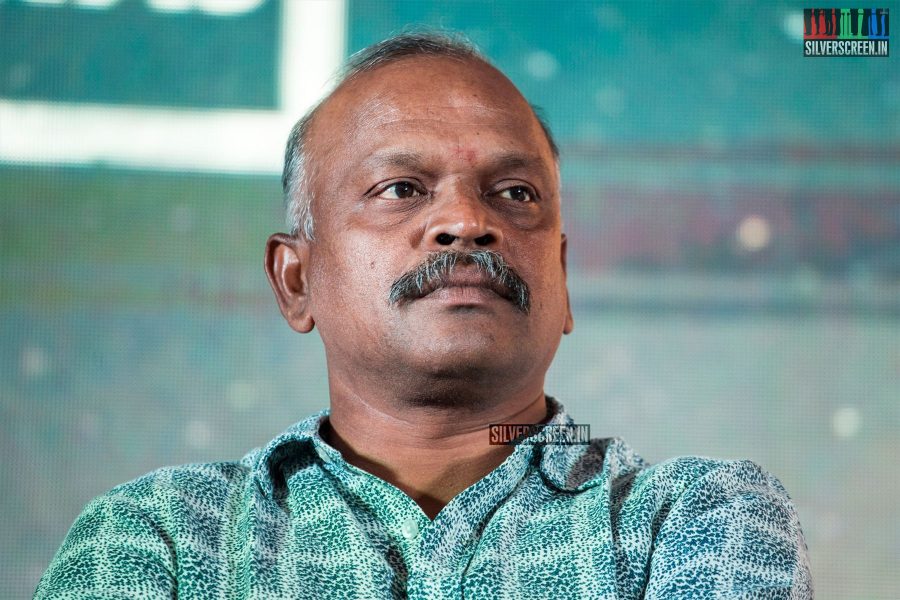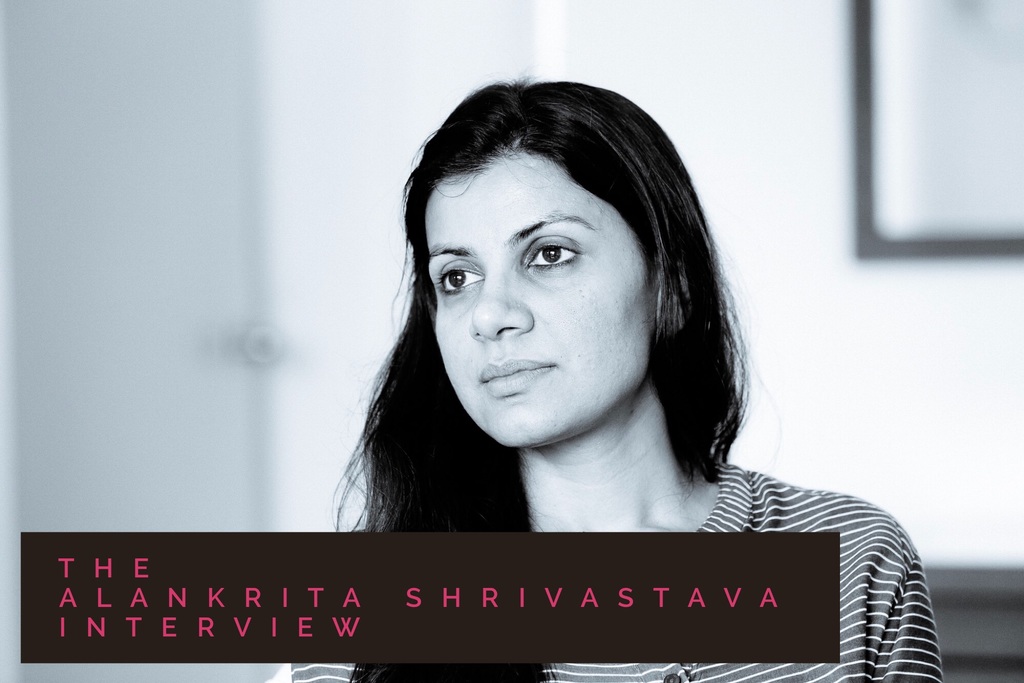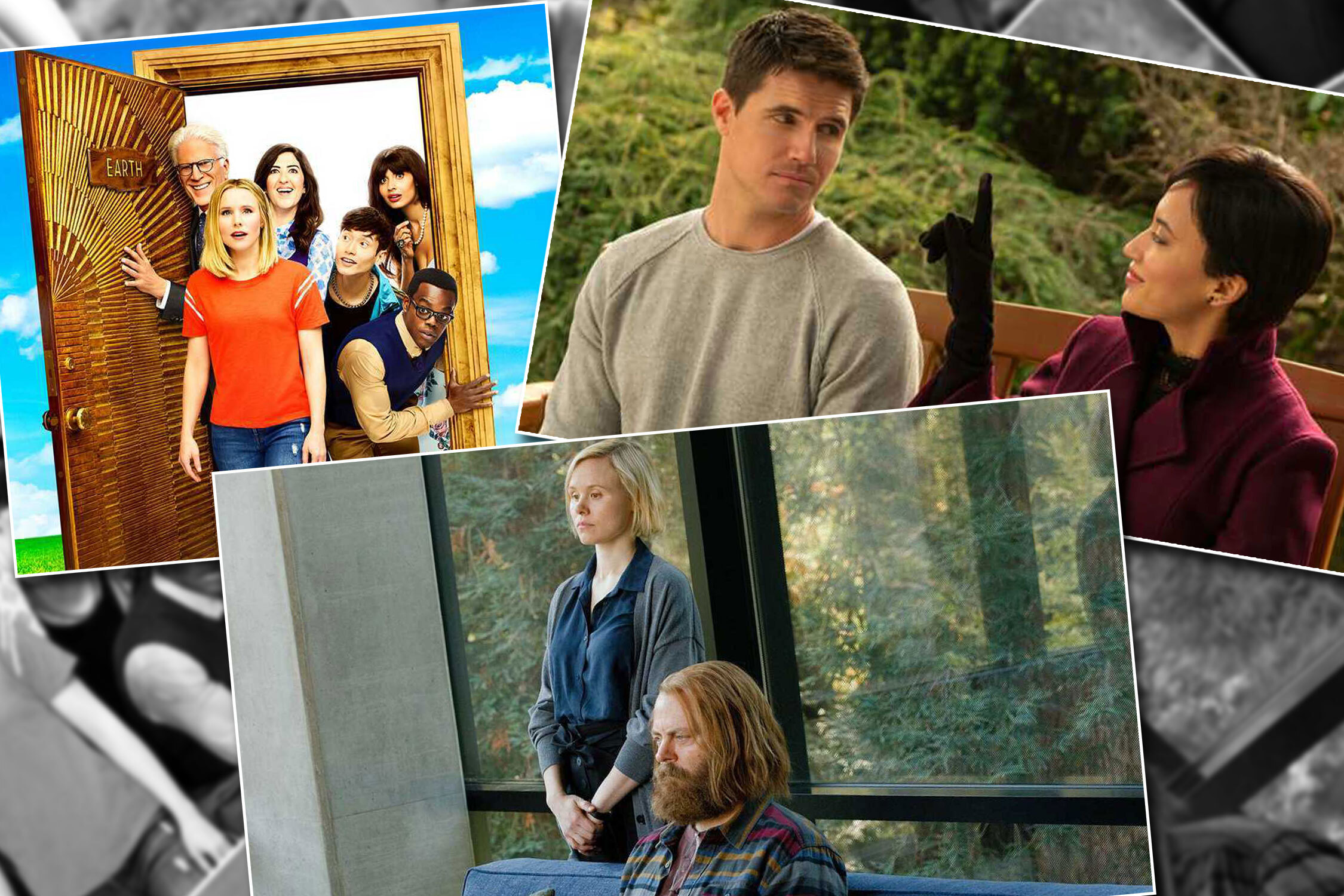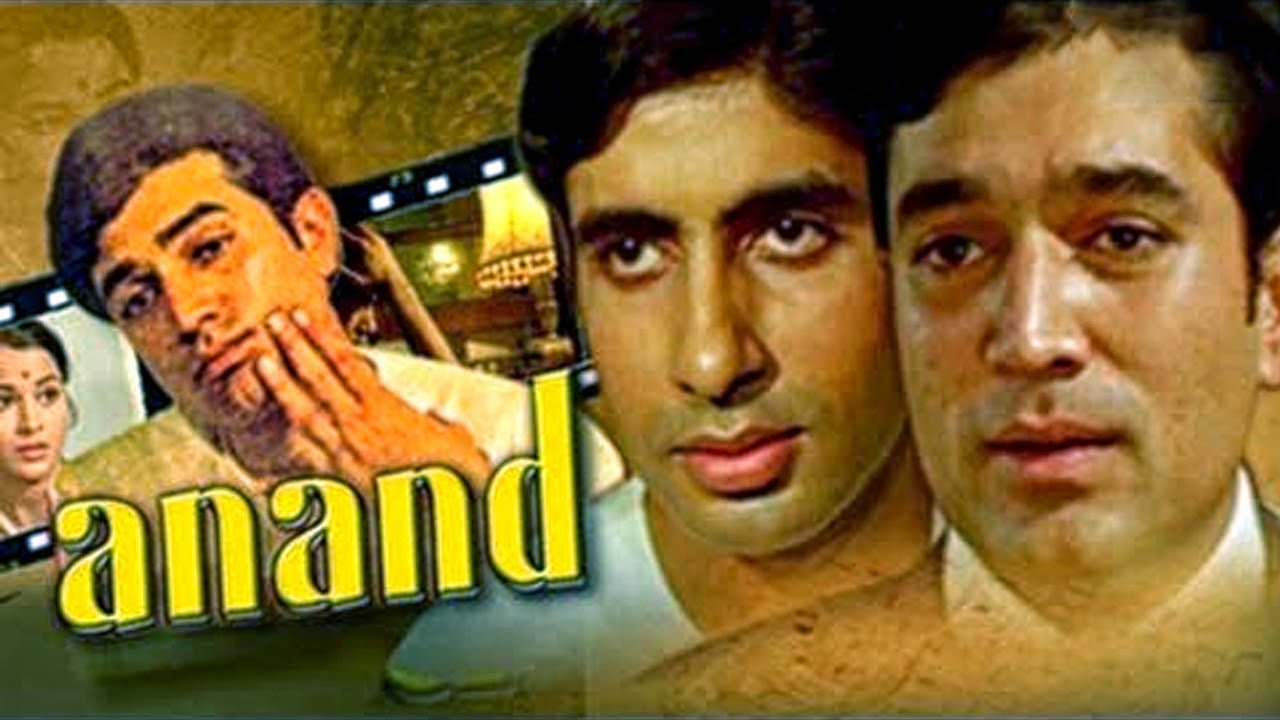Cinematographer Velraj has quite a good memory. He still hasn’t forgotten the Subburaman who lent him a still-camera back in college, has fond memories of the Sathish who helped him book a flight to Mumbai and loves to talk about the Srinivasan to whom he owes his association with Tirru. Velraj is also riotous when he discusses his past. “When I arrived in Mumbai to film Phir Hera Pheri, the director grew doubtful when he saw me. He probably thought I looked like a policeman,” he chuckles.
Velraj also vividly recalls his first day at work. It was 1993, and director Singeetam Srinivasa Rao and cameraman Tirru were setting up a shot for Magalir Mattum. And Velraj had walked in, hoping to find a job. His friend – Srinivasan – who was a part of the unit was quite surprised to see him there. “Didn’t I ask you to wait for my call?” he had frowned at Velraj, while Tirru had looked on ominously. But luckily for him, an assistant was on leave and Velraj took his place for a day.
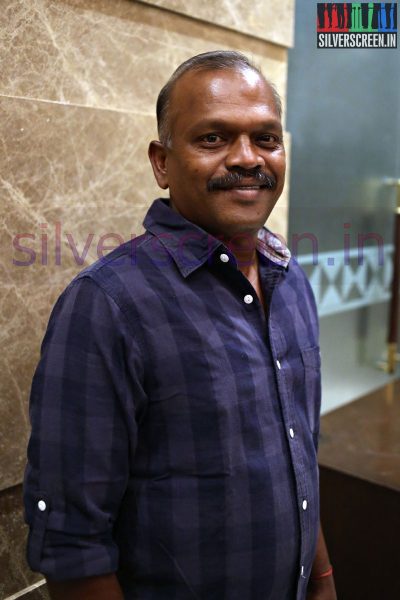
Director R Velraj at Vellayilla Patadhari (VIP) Audio Launch HQ Images
That, Velraj admits, was his very first lesson.
Now, almost two decades later, he is cautious when he talks about his directorial debut, Velaiyilla Pattathari. He’s quite offhand about it, choosing to brush aside our questions with just a word or two. To him, this was an organic process, something he was intending to do anyway. But he seems a little surprised all the same at how it all came together. The movie was born out of a casual conversation with actor Dhanush, says Velraj. “I’d just told him a line about the story. It had happened to a friend; and Dhanush said he will produce it if I develop the script.”
[quote align=’left’]If I’d known Hindi, I would have continued working in Bollywood. But I couldn’t understand the story or what I was being told. If a comedy scene was being filmed, everyone would laugh. And I wouldn’t understand what they were laughing about. It was that bad.”[/quote]Velraj vehemently denies the movie was written with Dhanush in mind, though. “He fit the bill, that’s why,” he finishes simply, “and we instantly decided on Amala Paul for the role. She has that girl-next-door look. There were no other actresses on our list.”
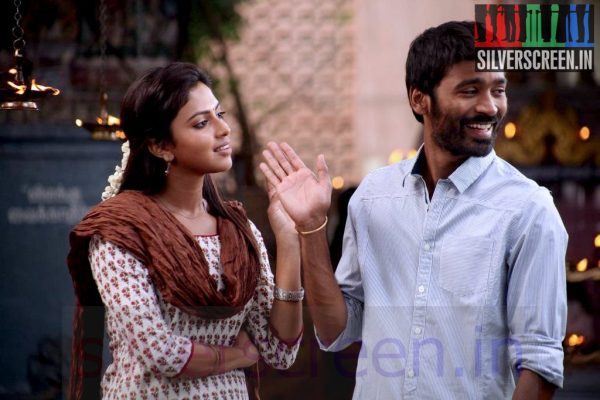
Actor Dhanush and Actress Amala Paul in Velaiyilla Pattathari Movie Stills
‘Positive energy and vibration’ are the words that Velraj uses to describe the response to the movie. “We are releasing it in over 500 screens. And the trailer was an instant hit, with over a million views soon after we uploaded it.” Everyone who had watched Dhanush in the trailer, had remarked on his ‘look’ in the movie, the director adds. “The audience want to see some heroes only in a certain fashion; and in that sense, it’s a film for the fans.” Velraj is quite partial to a particular scene in the movie – “there’s a lengthy dialogue that Dhanush speaks about ‘ilaignarkalin vazhimuraigal’. I like that a lot. It runs for about a minute.”
But what is more interesting perhaps, is the story about the villain – debutant Amitash Pradhan. We wanted a handsome villain, laughs Velraj. “There’s a moment in the movie in which Raghuvaran (Dhanush) says ‘enaku vellayana aatkala paatha pidikaadhu’. The Tamil audience generally sympathizes with dark-skinned people. We capitalized on that sentiment.”
[quote align=’left’]The movie was born out of a casual conversation with actor Dhanush, says Velraj. “I’d just told him a line about the story. It had happened to a friend; and Dhanush said he will produce it if I develop the script.”[/quote]Velraj also takes some time to warm up to us. But when he eventually does, he’s riotous. He talks about his passion for photography back in college. He was pursuing a B.Sc in Chemistry then, but was more interested in “a still camera that a junior had bought.” His name was Subburaman, Velraj adds thoughtfully. “His camera was with me for two years. And I used to be the official photographer during those NSS camps!” To nobody’s surprise, Velraj hadn’t cleared a few papers at the end of three years. “I didn’t know what to do. Then a friend suggested that I pursue Videography in Madurai Kamaraj University. That’s where I met Srinivasan who had a lot of connections in the industry, and the association with Tirru happened.”
Velraj worked with Tirru for nine years, as part of the cinematography unit, assisting him in moves like Hey Ram, Aalavandhaan, Leysa Leysa and Hungama. He also clearly remembers the day when Tirru told him “don’t come tomorrow”. Usually he does that, explains Velraj, when he thinks you have been an assistant long enough. “He’d been saying that to me since Hey Ram, but I went to shoot regardless. When we finished Hungama though, he was quite clear that I shouldn’t come back.”
Life was dark then, Velraj recalls, “nobody gave me films. You know, in cinema, nobody gives you work just like that. Even if a director happens to be a close friend.”
Recommended
Two months later, he received a call from Tirru. “He said go to Mumbai tomorrow. And meet director Neeraj Vora.” Tirru is like that, Velraj laughs fondly, “he didn’t give me the address, or explain things. I just had a phone number, and had to find out everything on the way. Imagine, he called me up at 11 pm and said I have to meet the director the following morning at 8 am. In Mumbai. I would have to catch a flight then. And I had no money for the ticket.” A friend, he says, pitched in with money. “Sathish gave me the confidence to go ahead. He booked my tickets.”[quote align=’right’]“There’s a moment in the movie in which Raghuvaran (Dhanush) says ‘enaku vellayana aatkala paatha pidikaadhu’. The Tamil audience generally sympathizes with dark-skinned people. We capitalized on that sentiment.”[/quote]
But it was a different story when he arrived in Mumbai. The movie was Phir Hera Pheri, starring Akshay Kumar and Sunil Shetty. “The director grew doubtful when he saw me. He probably thought I looked like a policeman. So for three days, I would go to the spot, sit there, eat and come back. Nobody paid me any heed.” Then, Velraj decided it was time to intervene. “I called up Tirru. He said, tell the director that you shot Leysa Leysa all by yourself.” But the director still wasn’t convinced, says Velraj, “and he actually spoke to other cinematographers like Nirav Shah while I was still there. None of them had dates, and they didn’t have any choice but to shoot with me.”
By then, Velraj says, he had figured out “how to deal with them”. “They wanted speed and quality. So for the first week, I worked fast and hard. And that’s when they got some confidence.” Of course, he had trouble with the language. Plenty of trouble. “That’s why I couldn’t make a living there. If I’d known Hindi, I would have continued working in Bollywood. But I couldn’t understand the story or what I was being told. If a comedy scene was being filmed, everyone would laugh. And I wouldn’t understand what they were laughing about. It was that bad.”
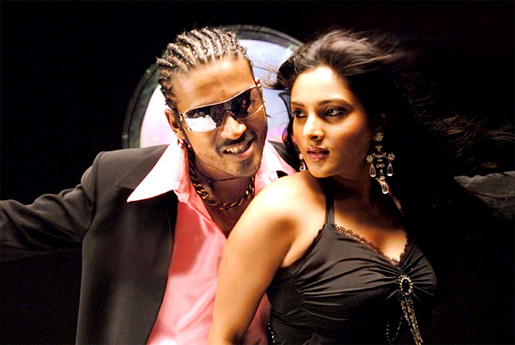
Polladhavan-Stills-20
Every project was a learning ground for Velraj. “Siruthai was an action movie where there was more focus on movements. For Aadukalam though, Vetrimaran wanted a different lighting style. You could see that in the movie,” he explains, “it mostly depends on the director. I prefer shooting at 6 am in the morning, though. Love the lighting.”
But the best moment in his career, Velraj says – something he often looks back on happened during the filming of Aalavandhan. Kamal Haasan wanted two units. “one to film his fight scenes, and another to film the sequences featuring kids. I was at the helm of the second one. And when Tirru sir watched the final product, he clapped me on the shoulder and said, ‘camera-man aiyta ya’,” beams Velraj, “that was the highest praise I have ever received.”
Velraj’s directorial debut, Velaiyilla Pattathari releases today.
The Velraj interview is a Silverscreen exclusive.
